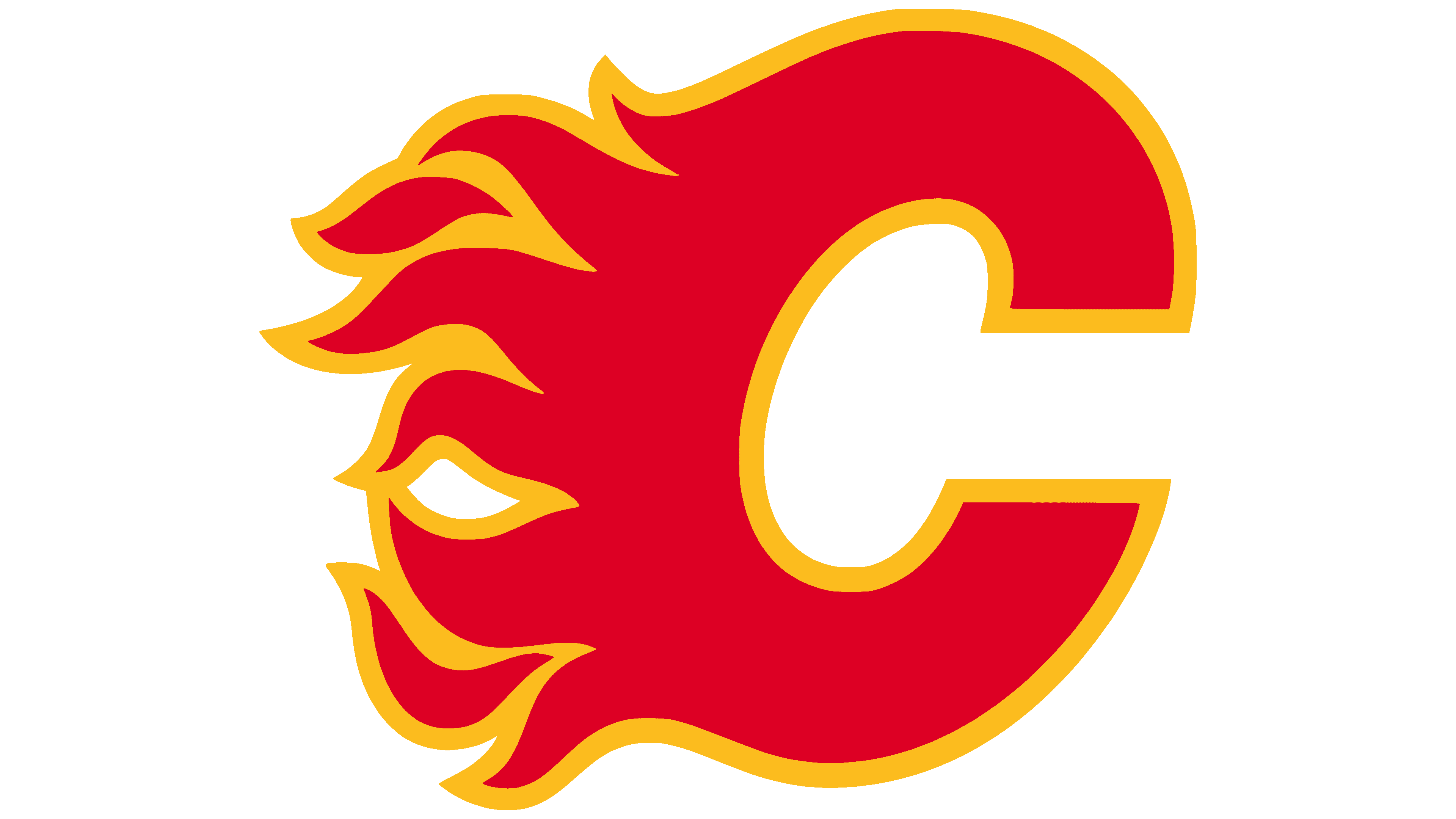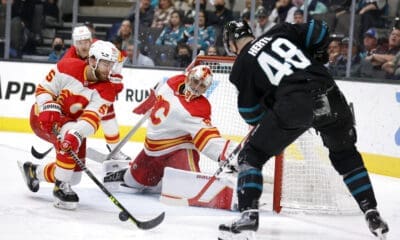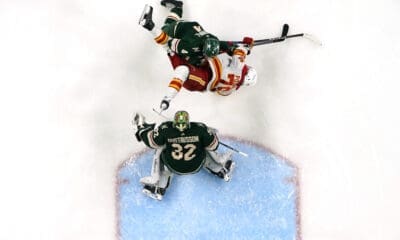Calgary Flames
Potential Flames Buyout Candidates

50.9 Issues Relating to Timing and Calculation of Actual Club Salary and Averaged Club Salary: (i) “Ordinary Course” Buyouts and “Compliance” Buyouts
The NHL’s two-week buyout window began yesterday, and aside from all the CBA mumbo-jumbo, a buyout is essentially an escape clause, an exit strategy if you will, for a GM. A player who has fallen out of favour or whose expensive contract has become a burden on the organization can be cut loose just like that if you’re willing to fork over one or two thirds of his annual salary for the remainder of the term–depending on the age of said encumbrance. If the player is under twenty-six years old at the time of the buyout, he is owed one third of his salary for the remainder of the contract’s duration; if a player is older than twenty-six, he is owed two-thirds of his contract’s remaining value. The Flames have seldom taken the buyout route under Sutter’s reign, with the exception of a brief foray into the territory in the summer of 2008 which resulted in a whole lot of confusion and, if I’m not mistaken, the contracts of Marcus Nilson, Rhett Warrener, and Anders Eriksson were never actually bought out by the club.
As it stands, the Flames have three players (and their accompanying contracts) for whom a buyout would be a viable option if no other solution presents itself, such as a trade or demotion. After the jump, I'll examine the hypothetical buyouts of Ales Kotalik, Cory Sarich, and Steve Staios and the pros and cons of buying out each player.
Hypothetical Buyout (Capgeek.com)
2010-2011: $1,000,000
2011-2012: $1,000,000
2012-2013: $1,000,000
2013-2014: $1,000,000
If the Flames were to buy Kotalik out, they would owe him $4M over the next four seasons, or a discounted salary of $1M/season; the $4M in savings incurred from the buyout Kotalik's contract would essentially be cancelled out. The pros of buying out the remainder of Kotalik's contract are fairly obvious–the organization gains cap space and rids itself of an underachieving player who is a bad bet to provide value for his inflated contract, and gets younger in the process. The cons: having to hand over $1M annually to Ales Kotalik in exchange for his immediate departure doesn't seem particularly burdensome–but when added to the club's annual salary and with the salary of a replacement player considered, it's surely an expense the Flames could live without. If Kotalik plays one more season in North America for $3M and then decides to return to Europe as he indicated in an interview earlier this month, the resultant cost would be $1M cheaper than buying him out, and paying him for one season while still getting something out of him seems more ideal paying him one million per over four years to reconnect with his roots in the Czech Republic.
Hypothetical Buyout:
2010-2011: $1,066,667
2011-2012: $1,466,667
2012-2013: $1,166,667
2013-2014: $1,166,667
Slated to make $3.7M next season for a cap hit of $3.6M, Cory Sarich's contract is the most expensive of all three players, as such his buyout would also the most expensive at a total cost of $4,666,667. The cap savings of buying out the remainder of Sarich's contract would be $4,666,666. By buying out Sarich, the Flames would still be paying him about as much as they would be saving by not having him around. At 31-years old and still a relatively dependable defenceman, his salary and the fact that he is injury prone could prove to be a hinderance to any potential deal, and the Flames may have to take back another less-than-ideal contract in return–as Robert alludes to here. As a third-pairing defenceman, Sarich is probably also the easiest to replace for little cost to the organization.
Hypothetical Buyout:
2010-2011: $1,233,333
2011-2012: $733,333
With one year left on his deal, buying out Steve Staios makes the least sense for the Flames. The combined cap hit of his buyout would be $1,966,666 over the next two seasons (a total cost of $1,466,667) and would only save them the same amount–the least of any of these three players–while he's slated to make $2.2M next season. While a buyout is cheaper than paying Steve Staios the remainder of his salary, the prospect of his $2.7M cap hit coming off the books for good at the end of next season, barring a demotion to the minors, is likely more appealing to the Flames than having to pay the thirty-six year old defenceman almost two million dollars over the course of the next two seasons. The Flames' top four would no doubt benefit from Staios' departure, if only through addition by subtraction, and Staios' salary is still inflated for a third pairing defenceman, as is the case with Sarich.
Is paying these players a fraction of their salaries for the next two to four seasons worth not having them around at full price for the remainder of their contracts? What's more, can the Flames afford to buy out even one of these players, taking the club's limited cap space combined with its pending free agents and off-season roster needs into consideration? If none of these players can be demoted or shipped out for some sort of tangible assets in return, than a buyout is surely the next best option–but the window of opportunity is short.
by Hayley Mutch











